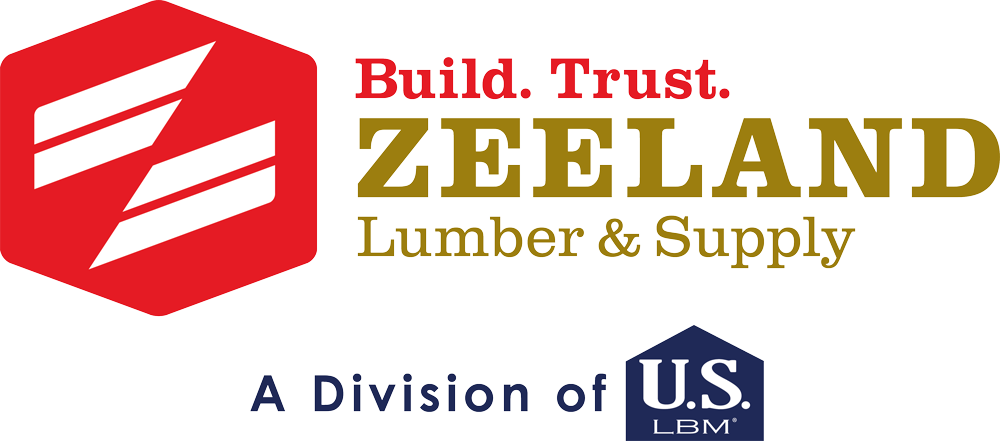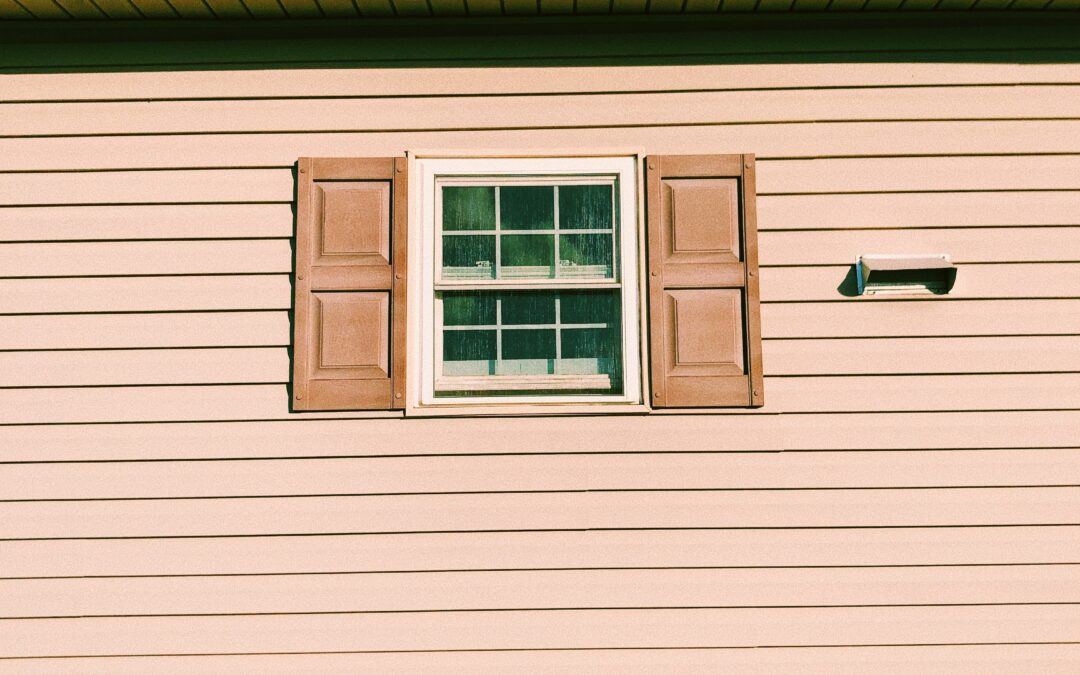When you’re building a home or freshening up the exterior of an older home, the siding you choose can have a huge impact. From the color you select to the material you go with, siding is a big investment, and it can change the look and appearance of your home. Siding is also your home’s first and best defense against the elements. It keeps water and precipitation from seeping into your walls, and it protects against pests and insects.
So, how do you choose the best siding for your home?
Today’s most popular siding options are vinyl and fiber cement. Though there are a number of other options, like natural wood or brick, we thought we’d start by helping you decide between these two common choices for homeowners. Here’s a complete breakdown of the fiber cement vs. vinyl siding choice:
What is Fiber Cement Siding?
Fiber cement siding is siding that’s made of a composite mix of wood pulp and cement. This composition makes it much thicker than vinyl, and it’s made to resemble natural materials like wood and stone. Fiber cement siding is attached to your home directly with nails.
What is Vinyl Siding?
One of America’s favorite siding options, vinyl is primarily made from PVC. Vinyl can also be made to look like natural materials, but because it’s so thin, it doesn’t always achieve the full effect. Vinyl is nailed to your home much like you would hang a picture frame so that it allows expansion and contraction without cracking as temperatures change.
Fiber Cement vs. Vinyl Siding — Which is Right For You?
Both fiber cement and vinyl siding are great options for nearly any home, but most homeowners have their preferences based on appearance, durability, cost, and more. We’re going to break down each of those key factors to give you a clear picture of both options, so you can choose the best siding option for your home.
Durability
Both vinyl and fiber cement siding are very durable when compared to a natural option like wood. As neither are natural materials, they’re not attractive to insects or pests. Most vinyl comes with at least a 25-year warranty, while some fiber cement siding comes with a 30-year warranty, but you can expect both to last reasonably well beyond that, so long as you’re taking care of your siding with regular maintenance and upkeep.
Fiber cement has been known to absorb water, which can cause problems, but vinyl can also expand in a way that lets moisture seep in behind it. Both have their drawbacks and benefits when it comes to durability, but it is good to know that it’s a little easier to repair fiber cement.
If a plank of fiber cement is damaged, it can easily be replaced with one plank or one shingle. If vinyl is damaged or cracks, you’ll have to replace the entire panel.
Vinyl and fiber cement are equally durable. They both have a few drawbacks, but ultimately, they’re two of the most durable siding products on the market.
Maintenance
Vinyl Siding has been manufactured for decades. At this point, it’s fairly perfected as a siding material. Because vinyl is so thin, it can be manufactured with color running through the entire panel. This means that vinyl is unlikely to fade much over time. It never needs to be repainted, and you can get by with a once-a-year power washing.
When it comes to damages, it’s just important to keep up on any loose siding panels. The sooner you fix them, the less upkeep you’ll have to do. Again, if a portion of your siding does become damaged, you may have to replace an elevation or wall section, which is a big fix for a small crack or hole.
Fiber Cement Siding does require slightly more maintenance than vinyl, but when done properly, the product can last you decades. If you choose fiber cement siding, you’ll want to repaint and recaulk every 15-20 years. For ultimate color preservation, it’s a good idea to power wash fiber cement siding, too.
As for damages, fiber cement siding does have a slight edge, as we mentioned earlier. If a plank or shingle becomes damaged, you can easily remove just the damaged piece, rather than having to replace an entire section of siding.
Appearance
This is where Fiber Cement Siding really shines. Because fiber cement is so much thicker than vinyl, manufacturers can replicate the look and feel of natural materials like wood and stone. With fiber cement siding, you’ll get a long-lasting, natural appearance, without the maintenance or hassle of a natural material.
Fiber cement siding has more prefinished color options than ever before and there are significantly more realistic finish options. It is also possible to paint fiber cement if you change your mind on color down the road.
Vinyl Siding offers total versatility in color selection but is more limited when it comes to mimicking the look of natural materials. Because vinyl is so thin, it can only match wood grain to an extent, and won’t have texture nearly as deep into the materials. That said, vinyl does have a wide range of color varieties that offer a nice, cohesive look across any home.
Cost
Fiber Cement Siding is more expensive than traditional vinyl siding, primarily because it’s heavier and takes a bit more man-power to install. Since Vinyl Siding is so light and cost effective to produce, it will always be the less expensive option.
That said, when taken care of properly, fiber cement siding can outlast vinyl siding by years, so there is an opportunity for that cost comparison to even out.
Fire Resistance
Fiber Cement Siding is non-combustible. That means it won’t melt or burst into flames, and it’s also not fuel for a fire. In the event of a fire, fiber cement siding is the better options.
Vinyl Siding is flame resistant, but it will melt when warm enough. While vinyl also won’t add fuel to a fire, it can’t withstand major heat and is unlikely to protect your home from a fire.
Environmental Impact
Neither fiber cement or vinyl siding comes with insulation, but some vinyl options are available with an add-on layer of insulation. If you opt for that additional insulation, your home will see better energy efficiency. Otherwise, both materials are about equal as far as energy efficiency goes.
Fiber Cement Siding is a more sustainable option. Although it is heavier and will require more fuel for shipping, it’s made from recycled wood which means that it doesn’t require the harvesting of trees. When it comes to disposing of fiber cement siding, the material is inert, which means it won’t leach chemicals into the ground or a landfill.
Vinyl siding, on the other hand, is a little harder on the environment. First, it’s manufactured using non-renewable fossil fuels, which contribute to global pollution. Second, though vinyl is plastic, there are very few places that recycle it. When discarded in a landfill, vinyl can burn, emitting hazardous dioxins.
Conclusion
In the end, the choice between vinyl or fiber cement siding really depends on your personal preference. Do you want a more realistic, durable natural look, or are you looking for the affordable dependability of vinyl? No matter what you choose, there are great brands supplying top-quality options of both vinyl and fiber cement.
Best Brands
If you’ve decided which option is right for you, you’re probably on the hunt to find the perfect brand and color choice for your home. In case you’d like a little help figuring out which brands offer the best product and warranties, here are our favorite vinyl and fiber cement siding brands:
Vinyl
If you’ve decided that vinyl is the best option for your home, we recommend CertainTeed’s extensive line of vinyl siding. CertainTeed is a well-known name in the building products industry and their vinyl products stand out as one of the most durable, fade-resistant, maintenance-free options on the market today.
The added bonus of choosing CertainTeed is their massive range of color and profile options. From shiplap to classic clapboard to shakes or shingles, they offer vinyl siding in nearly every style, width, color, and texture you can imagine.
Fiber Cement
For the best fiber cement siding on the market, look to James Hardie. In addition to their traditional lap siding style brand, HardiePlank, they also offer HardieShingle and HardiePanel if you prefer a shake or vertical siding style. All of James Hardie’s siding products are available in a variety of colors and wood finishes, ensuring you get the stunning look of natural materials, without the maintenance.
Whether you’ve decided on fiber cement or vinyl siding, Zeeland Lumber & Supply offers selections for both, at a variety of price points, and from a number of brands. We can help you find the perfect siding material and color for your home. Give us a call at 888-772-2119 or contact us online today!


